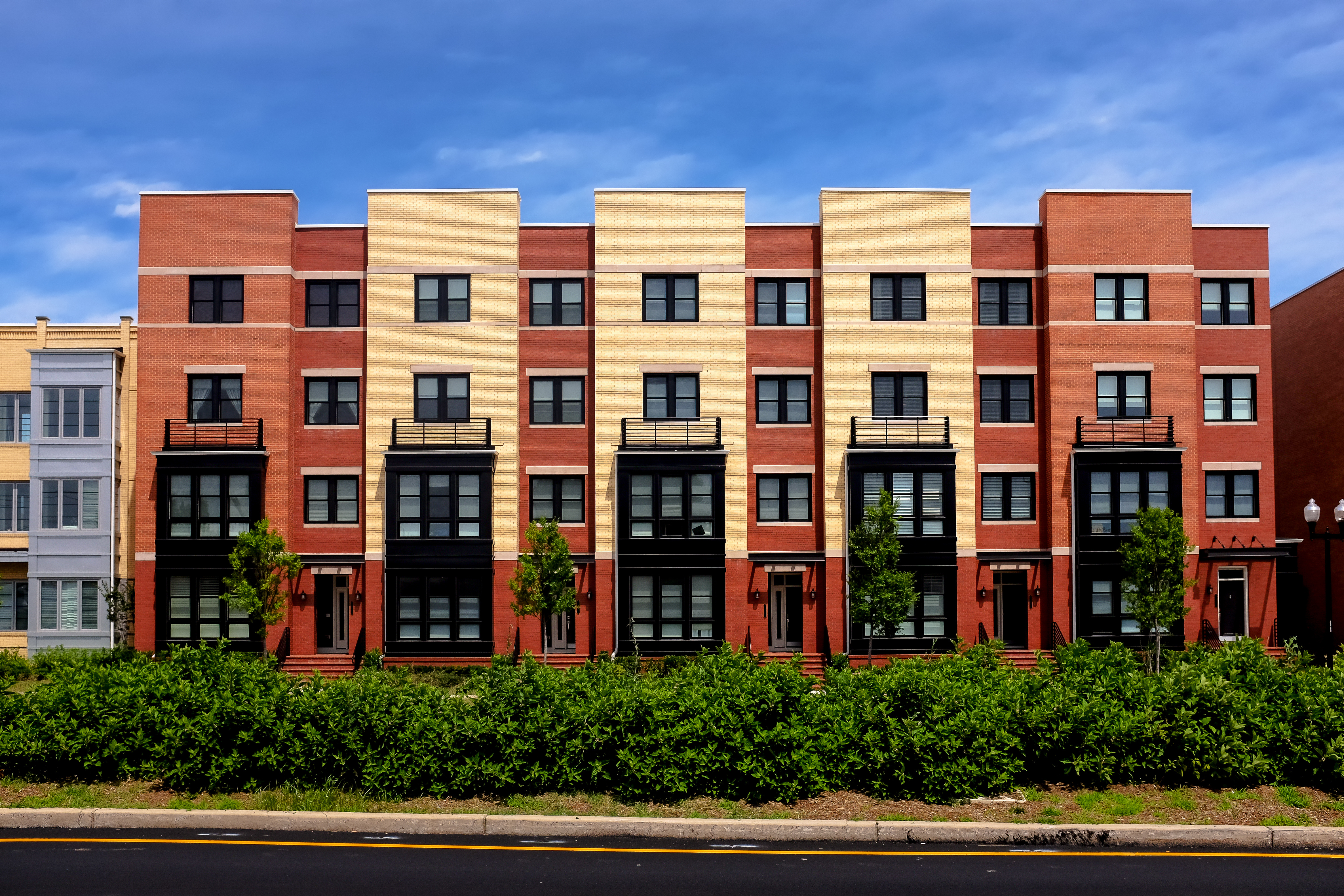Office space caps
Despite a sluggish U.S. economy, growth in Silicon Valley continues on a torrid pace. Yet a dark cloud of uncertainty looms on the horizon—the potential effects of hastily-adopted land use restrictions curbing the ability of high-tech firms and other developing businesses to plan for expansion. A current shortage of office space, exacerbated by office space caps on construction, could very well halt this growth.
Quality of life
For a number of cities in the area, the volume and pace of economic growth threaten their quality of life. Local governments are scrambling to identify strategies to accommodate the expansion of these businesses, while remaining attractive to residents and small, locally-based retail establishments. In the center of this storm is Palo Alto, considered by many to be the birthplace and epicenter of Silicon Valley.
Struggle with traffic and parking
Earlier this year, I wrote in this blog about that city’s struggle with traffic, parking, and the effects of rapid tech firm expansion within its borders. Now, the Palo Alto City Council, which has deliberated for several months, is close to passing a limit on the development of new office property; the council’s second and final reading of the ordnance is scheduled for October 26, 2015. Combined with an existing city-wide ban on conversion of retail properties to office use, this ordinance would effectively put the brakes on planned office development in a large section of Palo Alto.
Several objections to this new law
Pro-development interests raised several objections to this new law, including the following:
- With regard to parking, there are better, more effective ways to deal with traffic and parking, notably by doing away with free parking and/or pricing parking in such a manner that market forces will curtail unnecessary downtown trips and, consequently, relieve the need for parking.
- With regard to preserving retail, it is uncertain whether retail will remain viable where there is strong demand for office space, a low supply of new office space, and an uncertain political will to sustain a citywide ban on retail conversion.
In spite of these concerns
Adopted in spite of these concerns, the ordinance provides that, in addition to an overall cap on office space development, those existing projects being considered for construction subject to the annual limit of 50,000 square feet would be selected based on their “suitability for the area” as well as on other design, traffic, and comparative parking impacts. When it reexamined the ordinance in September 2015, however, the city council introduced an amendment that could weaken its immediate effect: Projects currently in the “pipeline” that are “complete in all respects” will be considered for approval under the original criteria and shall not be subject to the approval criteria under the new ordinance.
In a surprising turn of events, one of the council’s new “slow growth” members broke ranks and provided the deciding vote in favor of this amendment, helping advance the ordinance yet blunting its impact on pending projects. “Commercial real estate is a high risk, high return kind of endeavor,” Eric Filseth said in voting for the amendment. “One of the risks is municipal zoning – there is an exposure to it. [The amendment] deals equability with people who invested in the process so far.”
Responding to the adoption of the amendment, the editor of the Palo Alto Weekly strongly condemned it as a “favor” to developers. “The council majority’s abandonment of the competitive process for the first year is a mistake and fundamentally changes the decision-making scheme in the name of fairness to a few developers. That’s not our idea of a fair system for the community.” On the other hand, Palo Alto Mayor Karen Holman sees these ordinances as necessary to allow more time to complete the process of developing its state-mandated comprehensive plan. “Government moves slowly. It’s a public process and a slow process….These kinds of interim measures provide some stability for the comprehensive plan process.”
Given the square footage of office space development proposals that are currently in the “Palo Alto pipeline”—something north of 60,000 square feet—it will be at least another year before we can judge the value of “right sized, placement specific” design criteria and its effect on the quality of life in Silicon Valley. Meanwhile, as this process plays out, the City of Palo Alto, its city planners, and its citizen review board are continuing to work on a revision of the city’s comprehensive plan. Both the office cap and the retail conversion prohibition ordinances are subject to adoption of the comprehensive plan, but when will that occur? Forecast to be complete in 2016, it will more likely be 2018 before this master plan is completed and approved.
Perhaps, as part of their deliberation process, the city’s policymakers and planners could take a look at other examples of the ultimate effects of long-term municipal control of business expansion and its downstream ramifications before enacting further development limits.




